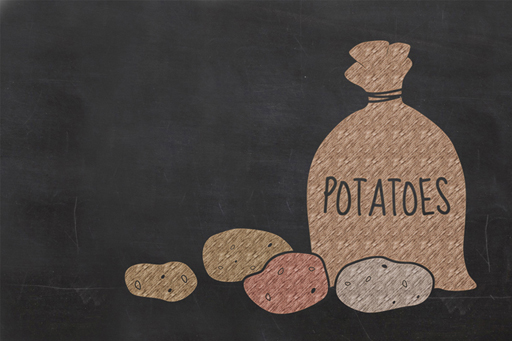1.4.2 Why does it matter?

Potatoes originated in South America, and have become a staple food for much of the world’s population. About 4000 to 5000 varieties exist, but most of these are only found in the Andes. In the UK, only about 80 varieties are grown, and only a handful of those are sold by the major supermarket chains.
The amount of water required to grow different crops affects which ones are better suited to drier regions, and which ones are better suited to wetter areas. With drought conditions widespread over many parts of the globe, it is better for farmers in those regions to grow crops more suited to drier conditions and crops that require less water to develop are the preferred choice.
This type of farming even has a name: dryland farming. It is common in the Great Plains of the USA, the deserts of Mexico and the south-western USA, the steppes of Eurasia, Australia, and parts of South America.
This table shows some of the thirstier crops in production around the world. Do any of these numbers surprise you?
| Water-intensive crops | Typical water needs (in litres per kg of crop) |
| Cotton | 7,000 to 29,000 |
| Rice | 3,000 to 5,000 |
| Sugar cane | 1,500 to 3,000 |
| Soya | 2,000 |
| Wheat | 900 |
| Potatoes | 50 |
